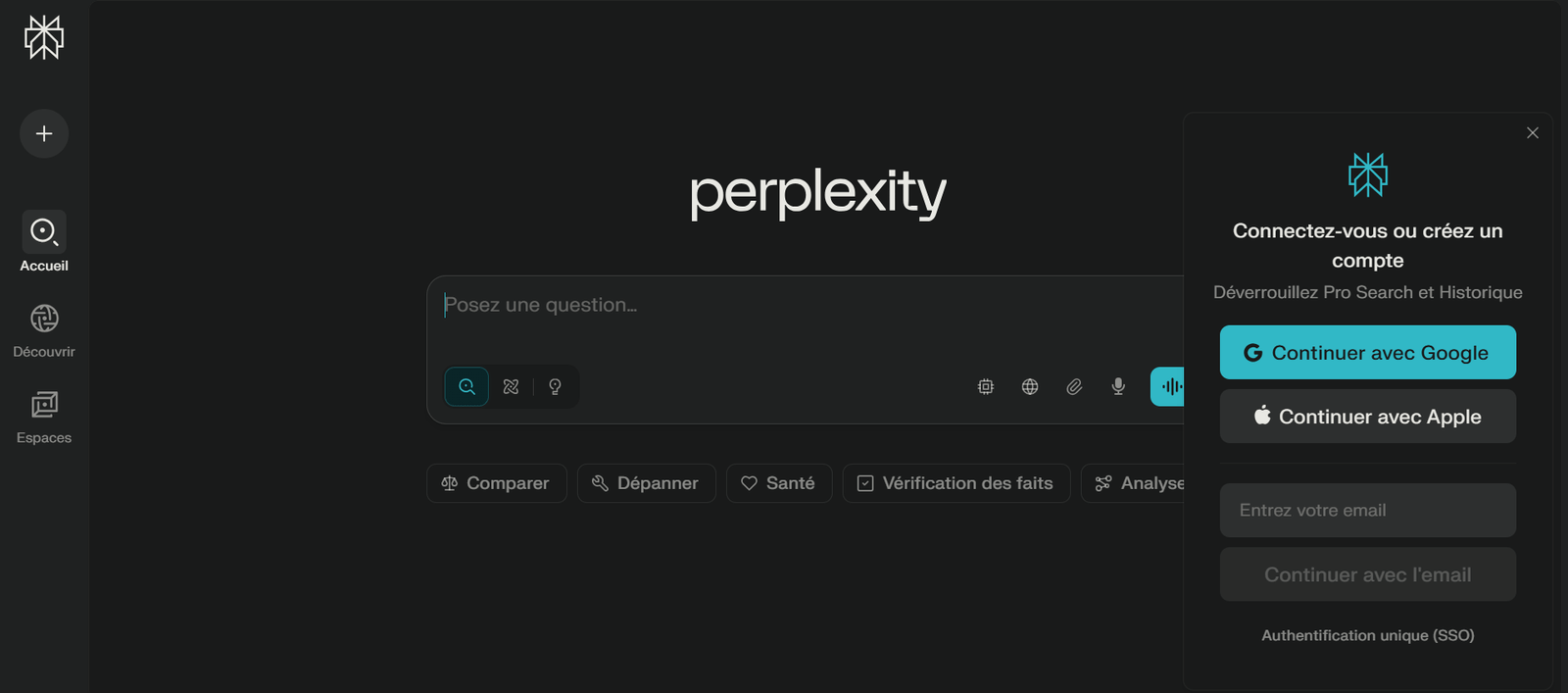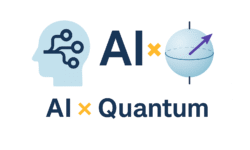Perplexity AI: The Research Engine That Answers Like a Pro
Perplexity AI blends the speed of search with the depth of an analyst. In this guide, you’ll learn what it is, why it’s different, and how to craft prompts that return sourced, trustworthy answers in minutes—not hours.
What is Perplexity AI?
Perplexity AI is a “research engine.” Unlike traditional search that hands you links, Perplexity synthesizes answers, shows citations inline, and lets you drill down with follow-up questions. It’s built to reduce context-switching: ask, read, verify—all in one place.
- Concise, cited answers—no tab explosion.
- Conversational follow-ups that refine scope.
- Modes for web browsing, academic, or focused domains.
- Market & competitor scans
- Technical how-tos with sources
- Literature reviews & quick fact checks
How it works (under the hood)
At a high level, Perplexity pairs large language models (LLMs) with live web retrieval. Your question becomes a search strategy; the system gathers relevant pages, ranks them, and asks the model to produce a sourced synthesis. You can then expand any citation to validate claims or pivot your query.
| Stage | What happens | What you control |
|---|---|---|
| Interpret | Perplexity parses your intent and constraints. | Be explicit about scope, timeframes, and regions. |
| Retrieve | It searches the web, papers, docs, and data sources. | Add keywords, filetypes, or sites to steer sources. |
| Synthesize | The LLM drafts an answer with citations it relied on. | Ask for bullets, a table, or pros/cons to control format. |
| Refine | Follow-ups narrow, broaden, or challenge the result. | Request “show me the conflicting sources” for balance. |
Tip: Perplexity is most accurate when your prompt sounds like a brief to an analyst—clear goal, success criteria, and constraints.
Why it’s different from search & chatbots
Gives you links and ads. Great for navigation, weak for synthesis.
Generate text but often lack current, citable sources by default.
Combines both: live retrieval + LLM + citations + iterative questioning.
- Speed Produces an initial, credible brief in minutes.
- Transparency Inline citations make verification a first-class step.
- Focus Reduces context switching and tab fatigue.
Prompting playbook (copy-ready)
Act as a market analyst. Summarize the current landscape for {topic} in {region}.
Include: leading players, pricing patterns, 3 recent shifts (with dates), and 5 key risks.
Cite every claim and provide a sources-only section at the end.
Explain how to implement {tech} with {framework} using step-by-step instructions.
Return code snippets and a checklist of pitfalls. Cite docs and reputable posts only.
Synthesize the top 8 papers on {topic} from the last 24 months.
Give a paragraph per paper, a comparison table, and an “open questions” list. Cite all sources.
Show me sources that disagree on {claim}.
Summarize each position and tell me which evidence is most credible and why. Cite aggressively.
Use cases that shine
Size markets, map competitors, and identify pricing anchors with sourced evidence you can drop into pitch decks.
Turn cryptic docs into runnable steps, spot API changes, and compare approaches—without wading through ten tabs.
Run quick literature reviews, gather dissenting views, and trace claims back to primary sources.
Limits & ethics
- Verification is on you: citations help, but always click through and validate critical claims.
- Coverage ≠ consensus: the most linked result isn’t always the most correct. Ask to see conflicting sources.
- Privacy & paywalls: be mindful when summarizing gated or personal content. Share responsibly.
- Attribution: keep original links when you reuse quotes, data points, or graphics.
Perplexity FAQ
Is Perplexity better than Google for research?
For synthesis and speed, often yes—because it returns a structured answer with citations. For navigation (e.g., “open Gmail”), Google is still king.
Can I trust the answers?
Treat them as a first draft. Use the citations to verify claims, especially when stakes are high.
What’s the best way to prompt?
Write like a brief: goal, scope, constraints, format. Use time windows and domain filters to raise quality.
Does it replace human experts?
No—it accelerates discovery. Judgment, context, and domain experience still matter.
Wrap-up
Perplexity AI compresses research time by pairing live sources with clear, cited synthesis. If you learn to brief it well, you’ll ship decisions faster—and defend them with receipts.
External Resources
Official pages and helpful references about Perplexity AI. All links open in a new tab.
Start here to learn about the product and features.
perplexity.aiEndpoints, models, and quickstart guides for developers.
docs.perplexity.aiLaunch notes, deep dives, and company updates.
blog.perplexity.aiGuides, FAQs, and troubleshooting articles.
help.perplexity.aiFollow product announcements and tips.
x.com/perplexity_aiCompany profile, roles, and updates.
linkedin.com/company/perplexity-ai



